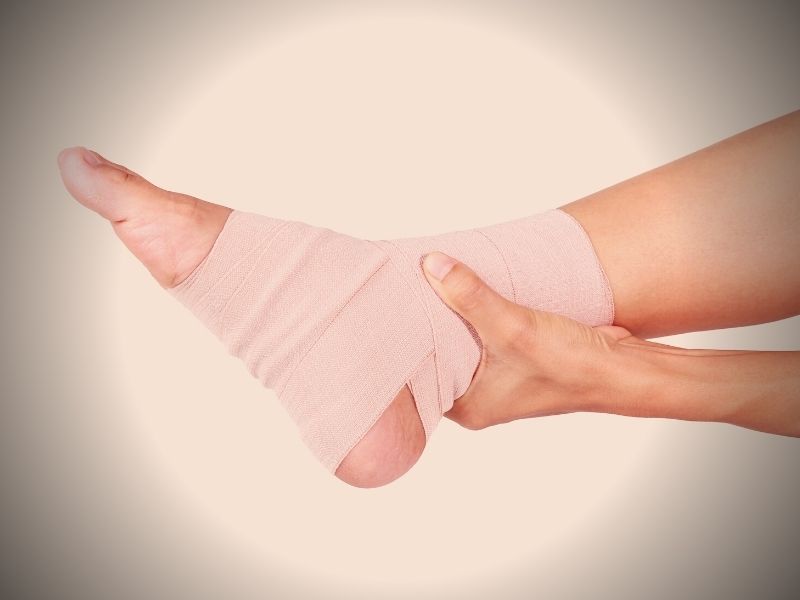
If you've been considering getting into Jeet Kune Do for self-defense, you have probably wondered... is Jeet Kune Do dangerous?
The good news here is, you aren't alone! Many people ask themselves that before taking on martial arts as a hobby. It's a fair question to ask! Fortunately, I've got all the facts right here for you. Let's get into it!
The Dangers Of Jeet Kune Do

Jeet Kune Do can be particularly brutal, and sure does pack a heck of a punch. It's a martial art that takes the best moves from lots of other styles out there, making it a powerful force to be reckoned with.
Unlike traditional martial arts, which can be bound by rigid forms and rules, JKD is all about what works in the real world. So you'll find moves in JKD that you won't see anywhere else--some of them are even banned in other sports!
Some of the dangers of Jeet Kune Do are that it is a very physically demanding martial art. It requires a great deal of strength, stamina, and coordination. It also demands that students have a good understanding of balance and proper body mechanics.
Another danger of Jeet Kune Do is that it can be quite dangerous if used in a self-defense situation without proper training and understanding of the principles behind the techniques.
Thankfully, these dangers can be mitigated by seeking out proper instruction and training from a qualified instructor, and by always practicing with safety in mind.
The Most Common Injuries Sustained In Jeet Kune Do

If you're not a newbie to martial arts, then you're probably no stranger to pushing yourself to the limit. And with that... comes the risk of injury. It's always crucial for a practitioner to be aware of the most common injuries that can happen during their JKD training or sparring.
We've got some of the most typical injuries you'll encounter in this list below. Being aware of these can help you take preventative measures and stay safe while pursuing your passion for JKD:
- Sprains and Strains: These are among the most common injuries not just in Jeet Kune Do, but in any type of physical activity. They can happen when you stretch beyond your limits, or when you overuse a certain muscle or joint. Jeet Kune Do is no exception.
- Bruises: These are usually caused by impact, such as when you hit something with your fist. They can be painful and take a while to heal.
- Cuts: Open wounds can occur when you make contact with something sharp, such as a knife or a piece of glass. Obviously that won't happen in Jeet Kune Do, but cuts can also cur when you fall and hit your head on a hard surface.
- Broken Bones: Although not too common of a type of injury, bones can still definitely break easily if they are subjected to too much force, such as a particularly harsh kick or punch.
- Dislocations: When two bones that meet at a joint become separated, you get a pretty nasty thing called a dislocation. This can happen when you twist or pivot your body quickly, or when you fall and land on an outstretched arm.
- Concussions: A concussion is a type of head injury that occurs when the brain is jarred against the skull. This can happen from a direct blow to the head, or from a sudden movement of the head and neck.
Additional Risks Involved When Practicing Jeet Kune Do

Another potential danger of Jeet Kune Do is the risk of contracting an infectious disease, such as skin infections or staphylococcus infection.
You probably weren't expecting to hear something like this, I know. But practitioners of contact sports are especially at risk for contracting communicable diseases, as they often come in close physical contact with others during training and competitions.
Thankfully, these risks can be minimized by practicing good hygiene and making sure to clean and disinfect all training equipment regularly.
Just be sure to always shower and wash properly before and after training and to avoid sharing personal items such as towels or water bottles.
However rare they may be, it's still a swell idea to be aware of them.
How To Stay Safe When Practicing Jeet Kune Do

While there are certain risks inherent in practicing Jeet Kune Do, these risks can be minimized with proper training and supervision. Some tips for staying safe include:
- Following instructions and guidelines set out by your instructor;
- Wearing the proper protective gear, such as a mouthguard and headgear;
- Listening to your body and not pushing through the pain of an injury;
- Practicing good hygiene and disinfecting training equipment regularly;
- Avoiding risky behavior, such as performing dangerous stunts or ignoring tap outs;
- Warming up and stretching before each training session; and
- Seeking medical attention if an injury occurs.
Also be sure to educate yourself on the signs and symptoms of concussion and always seek medical attention if you suspect one has occurred during training.
The Wrap-Up

Jeet Kune Do, the legendary martial art created by Bruce Lee, is a fascinating subject of discussion for martial artists and enthusiasts alike. Some still ask, "Is Jeet Kune Do dangerous?" and they'd be right to do so. It's a fair question to bring up!
But Jeet Kune Do's principles of simplicity, directness, and freedom of expression greatly helps practitioners minimize risks. This is achieved through mindful and disciplined training, guided by qualified instructors who prioritize safety.
So yes, Jeet Kune Do is not a dangerous martial art to practice. It's a unique and potent approach to self-defense. As with any physical activity, just be sure to approach training with mindfulness and discipline to guarantee your own personal safety.
[author-box-jpx-fitness]
